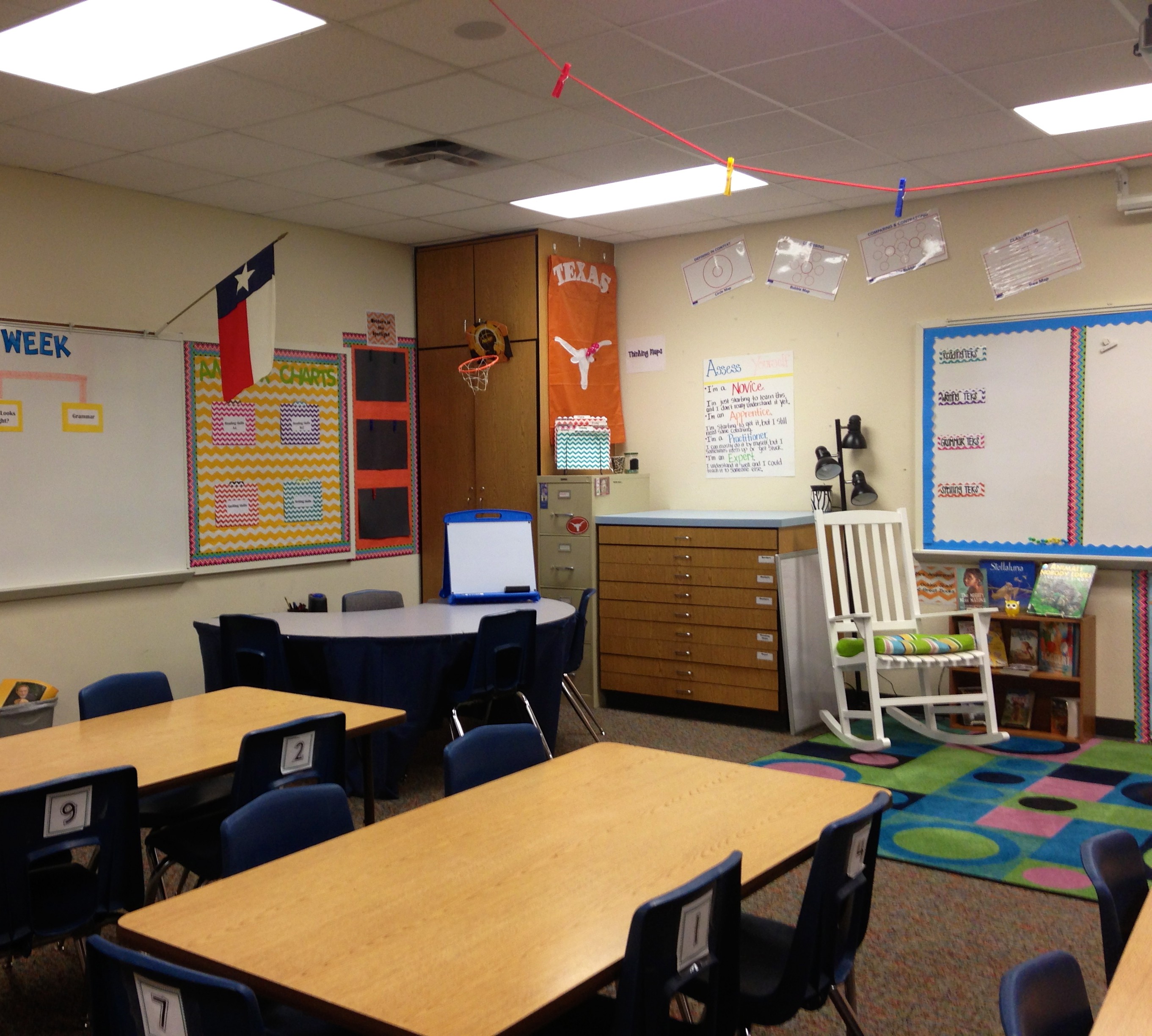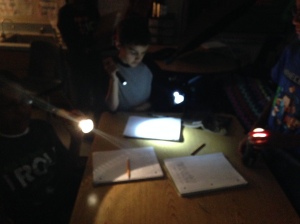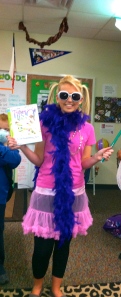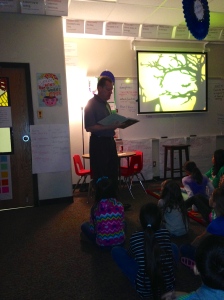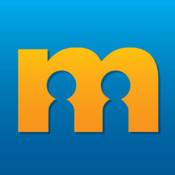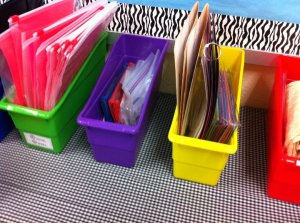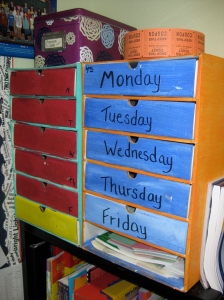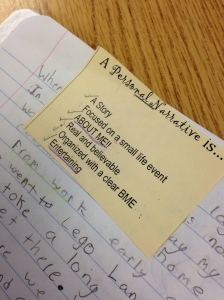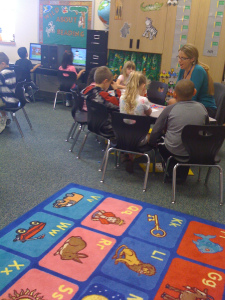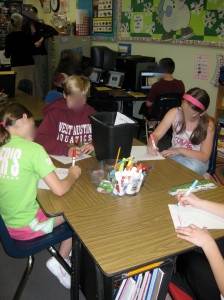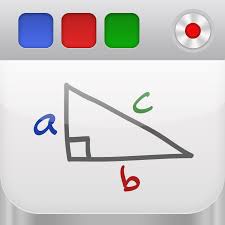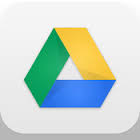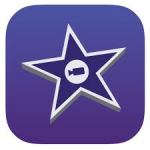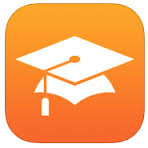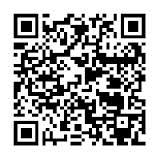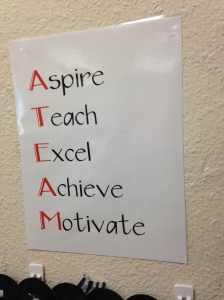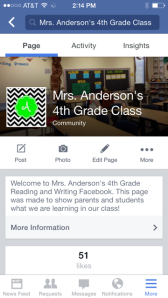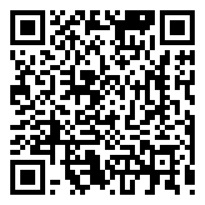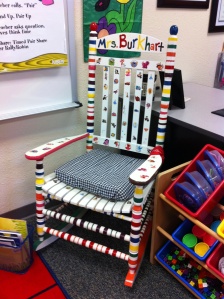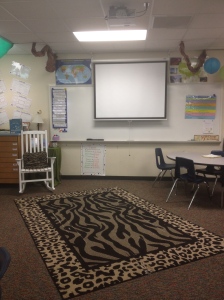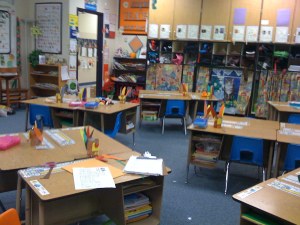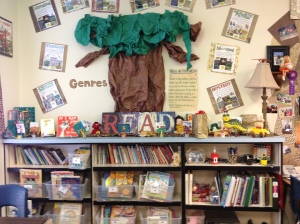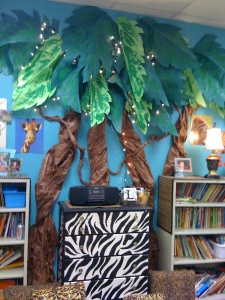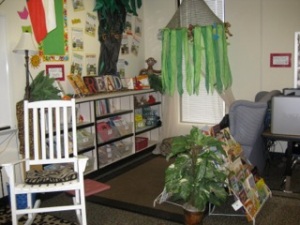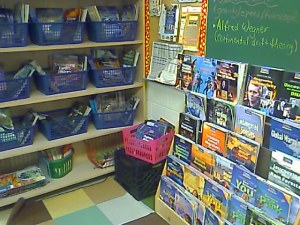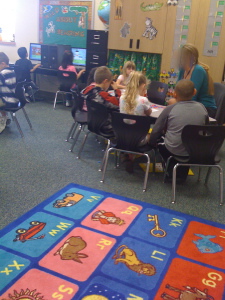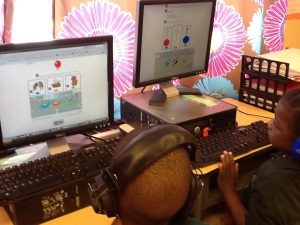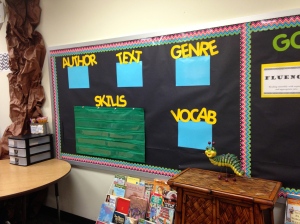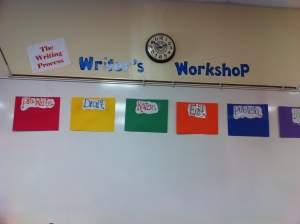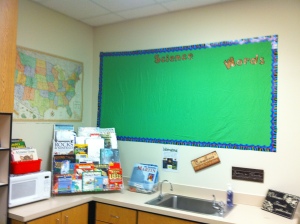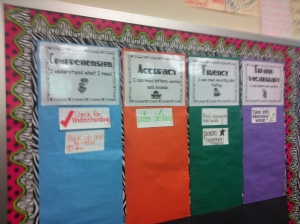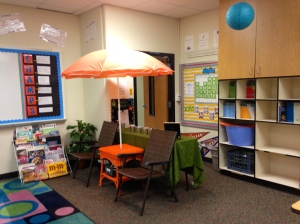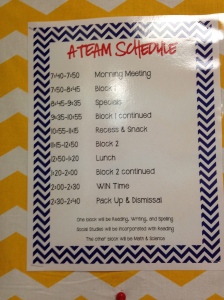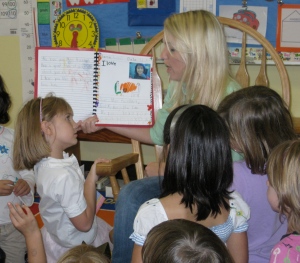
Quick! Grab your favorite book. It doesn’t matter what kind of book it is-it just needs to be your favorite. Now think about why it is your favorite. Is it the language that you love? Do words roll off your tongue? Do you want to read them again and again? Is it a connection you feel to the main character? Does the author teach an important lesson for living? What exactly draws you to this text?
Now that you’ve established your first mentor text, think about all of the curriculum possibilities. Mentor texts are books that students can revisit over and over throughout the year for many purposes. As the text is explored, the students develop a relationship with the text and the author. In fact, the author becomes a familiar friend, always there to provide a model that can be imitated. This is exactly how we learn to write.
Writers borrow or harvest ideas from other writers. Maya Angelou did this in her book I Know Why The Caged Bird Sings. The title of her autobiography came from Paul Laurence Dunbar’s poem Sympathy. I didn’t realize this until years after reading the first text. I’ve since gone back and compared the two texts for a deeper understanding of both author’s message. This is a powerful example of how writing and reading cannot be taught as separate subjects. Writers read with a careful eye towards the author’s message and how the author communicates the message.
In writing workshop, young writers examine the technique the master author is using and discuss the impact of the technique on the overall writing. During shared or guided writing, students have time to practice the technique together and compare it to the original text. As the students develop understanding of the technique, they need time and coaching to experiment with the technique in his/her own writing. This process usually takes time, at least three to five writing workshop sessions, before students are ready to store the target technique in their writer’s toolbox. The desired result of this type of writing instruction is to enable the young writer to be strategic as they write texts of all genres. Through showing, discussing, and experimenting, young writers develop the expertise needed to master the craft and conventions of writing.
Here is a structure you can use as you develop focused lessons for writing workshop:
Preparation: Select a mentor text and a writing technique you want your students to understand and use.
Day 1: Engage the students in the read aloud (or reread) the mentor text. Direct the students to the author’s use of the targeted technique. Guide or ask students to notice the features of the technique. Create an anchor chart for the technique. Model how to use this technique as you think aloud. Reflect on the use of the technique. How does this technique improve the writing?
Day 2: Review the use the technique and refer to the anchor chart. You may add to the anchor chart if that is appropriate. In shared or guided writing, have the students experiment with using the technique. Brainstorm and compose together. Reflect on the writing. How does the technique impact the writing?
Day 3: Group students to work together to use the technique. Circulate throughout the class, asking questions and providing specific feedback. Some groups may need to be reminded to refer back to the mentor text and/or anchor chart. Have students share their writing with other groups. Be sure students give reflective feedback. How does use of the technique help the audience understand or see the authors’ message?
Day 4 (and beyond): Ask students to incorporate the technique into their independent writing. While conferring with students, be sure to notice and celebrate when the student tries out the technique. Ask students to reflect on how the technique improves their writing and their audiences’ understanding of the writing. Give specific feedback that moves the writer forward and helps them see how the technique can be used in many types of writing.
Here is an example of 4 lessons using the mentor text The Relative Came by Cynthia Rylant. 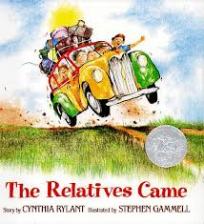 The Relatives Came By Cynthia Rylant Illustrated by Stephen Gammell ISBN: 0-6-71738-5
The Relatives Came By Cynthia Rylant Illustrated by Stephen Gammell ISBN: 0-6-71738-5
Summary: The relatives come to visit from Virginia and everyone has a wonderful time.
What’s to love in this book: Word choice is simple and very clever. The pacing of the three main events gives the reader just enough details so that everyone can make a personal connection.
Teaching Points:
- Organization of a narrative
- Beginning a narrative with description
- Ending a narrative by circling back
- Word choice
Teaching Point 1: Organization of a narrative This mentor text should be read aloud to students and processed for reading comprehension. After reading the book aloud to students, ask students to draw or sketch the beginning, middle, and end of the story. Discuss how this story describes each main event telling what the characters did and what they were thinking. Key questions to ask after reading:
- What happened at the beginning?
- What happened in the middle?
- What happened in the end?
- What does the Cynthia Rylant want us to understand during each part of the story?
- What do you notice about the beginning and the ending?
Day 1: Review: What is a narrative? A narrative tells a story about an experience or time that includes characters, setting, and main events.
Focus Lesson: Authors organize, or structure, their writing so that the reader has a road map to follow and doesn’t get lost. The beginning takes the reader forward and the ending takes the reader back. In the middle, the author takes us into the experience of relatives who come to visit and stay and stay and stay. Beginning: Relatives drive for many hours looking at strange new places and thinking of Virginia and eating their ice chest full of food. Middle: The relatives hug, eat, fix things, and sleep many nights. Ending: The relatives drive for many hours back to Virginia.
Write: Try out the organizational format.
Here is my example: Beginning: I traveled with my family for many hours on an airplane and through three airports to get to Hawaii. Middle: We sunned, swam, ate, climbed, and slept for 7 nights in a strange hotel bed. Ending: We flew many hours back through 3 airports to get back home to our own comfortable bed.
Reflection questions:
- How is my narrative similar to Cynthia Rylant’s?
- How is my narrative different from Mrs. Rylant’s?
- How does borrowing the way she organized her narrative help me to organize my narrative?
Day 2: Shared Writing Focus Lesson: Create an anchor chart to guide the writing. Review the main events from the mentor text.
Write: Brainstorm a class list of places the class has gone together. (Lunch, recess, field trip, music class) Using the structure from The Relatives Came, write the outline for the structure of the class story.
Reflections: How does using this structure help the writer organize the story? Why is it important for the writer to organize the story for the reader?
Day 3: Guided Writing Focus Lesson: Review the anchor chart.
Write: Have students work in pairs or alone. Choose one of the places from the brainstorm list and outline the structure of the story.
Reflections: Ask students to share their writing with the class. Ask the class to compare the writing to the structure Cynthia Rylant uses in the story. How is the structure the same? What is different? (The topic) Could your reader draw a map to show where the main events have taken place?
Day 4 and beyond: Independent Writing Focus Lesson: Review the structure of a narrative. Ask students how they plan to use this structure to write their own story.
Write: Have students brainstorm places they have gone. Invite students to select one of the places and create outline of the story.
Reflections: Ask students to share their writing with the class. Ask the class to compare the writing to the structure Cynthia Rylant uses in the story. How is the structure the same? What is different? (The topic)
For 12 more lessons, Click HERE to visit our Teachers Pay Teachers Store.
To read more on the use of mentor texts, check out Mentor Texts, Teaching Writing Through Children’s Literature, K-6, by Lynne R. Dorfman and Rose Cappelli.
